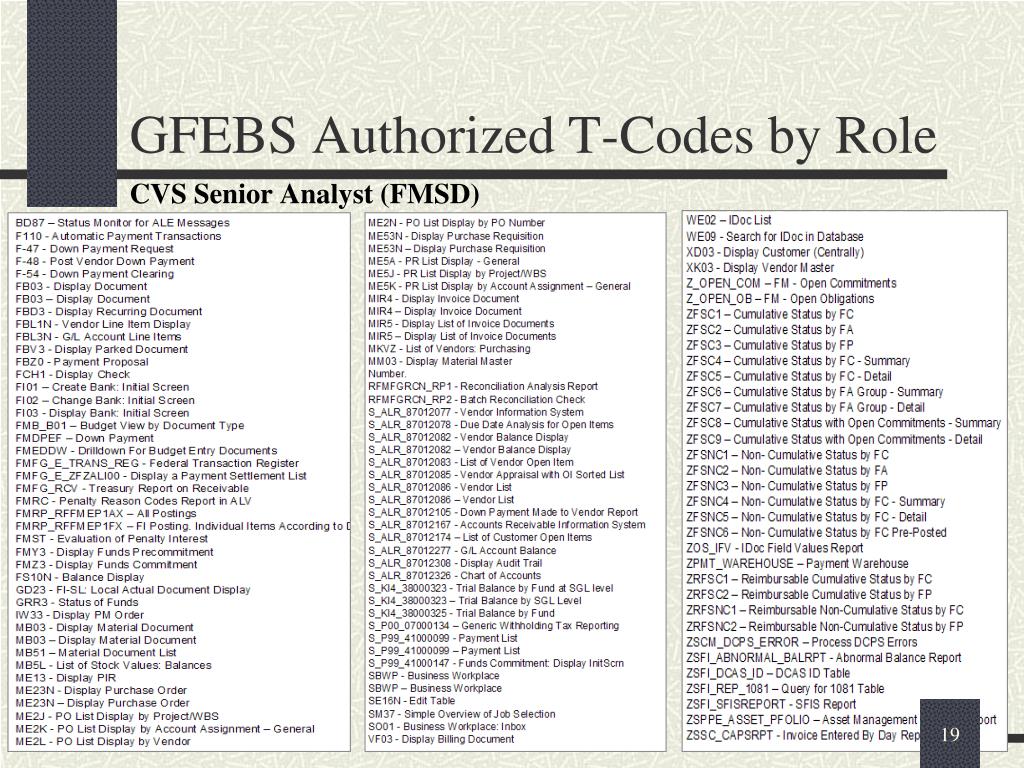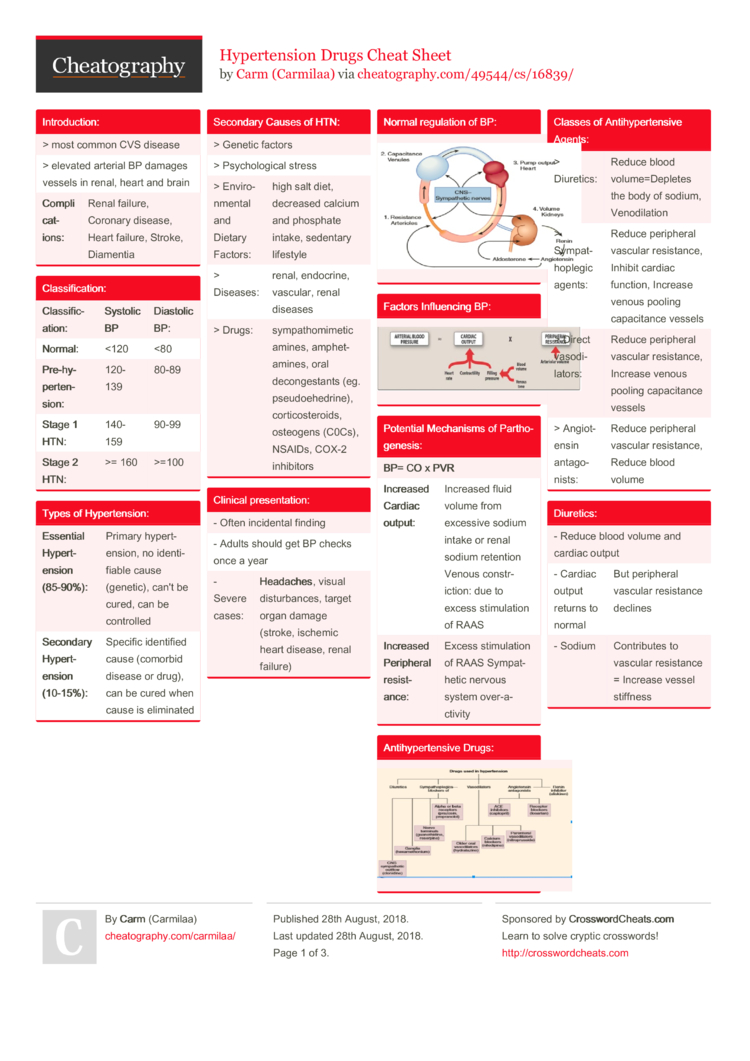With a little down time this morning I thought I'd start a simple CVS command line reference page (cheat sheet). I've tried to include the most common CVS command line examples here. Cvs co MyProject Checkout the project named MyProject. Simon's Win32 Cheat Sheet. This sheet summarises all the things I do to make my Windows machine more useful to me. I've summarised it here partly for my own benefit (I have to repeat the process on each new machine) and partly in the hope that it may be be of use to others. SME Server core and contribs code is stored in CVS, this is a system to maintain version history and change management for program code. On top of that a build system (plague) is layered to build packages in the RPM format used by yum. As I know my way around SubVersion (SVN) but not around CVS I started this cheat sheet. Sep 11, 2015 - Insurance Cheat Sheet CVS - Free download as Excel Spreadsheet (.xls /.xlsx), PDF File (.pdf), Text File (.txt) or read online for free. CVS condor codes.
geekstuff| gameswf| Textweb| Chunked LOD| dumbuild |
| Cheat sheets:CVS| cygwin| Debian| Emacs| MythTV |

CVS Cheat Sheet
So I don't forget, here are a couple handy recipes for using CVS. Forsome reason the official manual never fails to confuse me.

Assumptions
Assume you want to work on a project named 'myproject'. All theworking sources for the project are in ~/src/myproject . You have aserver somewhere on the Internet, called some.server.net, where youwant to keep your CVS repository. You need login access tosome.server.net, where your username is 'username'.

pserver vs. ssh
Don't bother with pserver; it's insecure and a PITA. Use ssh. Dothis to enable usage of ssh:
# export CVS_RSH=ssh

Cvs Cheat Sheet Pdf
Now you're pretty much good to go. Commands which need to specify aCVSROOT will look like this:
# cd ~/src
# cvs -d:ext:username@some.server.net:/home/username/cvsroot checkout myproject
Putting A Project Into CVS
Let's say you want to get myproject into cvs for the first time. Fromthe project root dir:
# cvs -d ... import -m 'Imported' repository_dir_under_cvsroot vendor_tag start_tag
e.g.
# cd ~/src/myproject
# cvs -d:ext:username@some.server.net:/home/username/cvsroot import -m 'Imported' myproject tulrich start
At this point you'll want to move the original myproject to adifferent name (for backup), and checkout the sources from the cvsrepository. Once everything is working you'll want to delete (orarchive) the old myproject directory, so you don't work in it bymistake.
CVSROOT
Don't bother setting the environment variable -- it's not necessary.The key things to know are:
To initially checkout a module, specify the CVSROOT on the command line, using '-d':
# cd ~/src
# cvs -d:ext:username@some.server.net:/home/username/cvsroot co myproject
That puts a clean copy of myproject into ~/src/myproject.
once you've checkout'ed a module, once you cd into that module's directory tree, CVS knows where the CVSROOT is (it keeps that info in the 'CVS' directory inside each working dir).
# cd ~/src/myproject
# cvs update
etc... just start using cvs commands, and the correct CVSROOT is used automatically.
cvswrappers
To automatically turn on the -kb option based on file extension (tohandle binary files without munging them), you can use the admin file'CVSROOT/cvswrappers'. First do this to get the admin files:
Cvs Git Cheat Sheet
# cd myproject
# cvs co CVSROOT
Mysql Cheat Sheet
Now edit or add CVSROOT/cvswrappers , and commit your changes. Here'san example:
